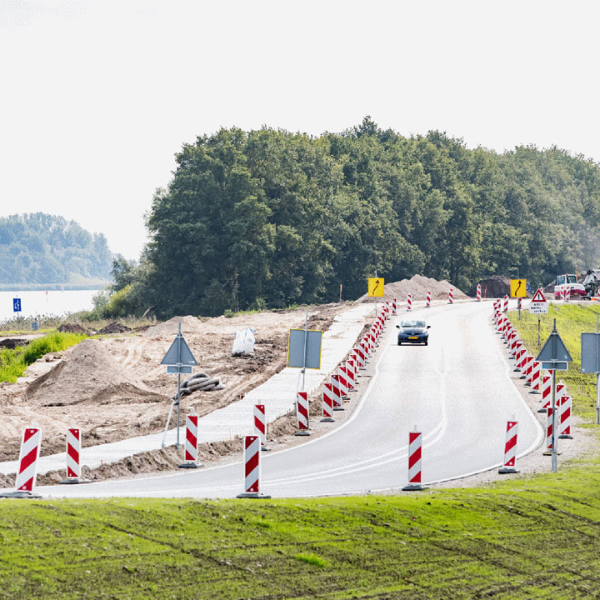Strategy for emerging contaminants

Strategy for emerging contaminants
Strategy for prevention and identification of emerging contaminants
The Netherlands faces major challenges in the areas of climate change, a healthy living environment, water, energy, raw materials, and food safety and security. Wisely and effectively using the soil and subsoil are crucial in solving these issues. But an effective strategy for emerging contaminants is also essential. Under contract to the Bodem en Ondergrond Knowledge Programme – established to tackle national issues surrounding soil and subsoil – and in collaboration with Arcadis, Bioclear Earth and TTE Consultants, Witteveen+Bos developed a strategy for the prevention and identification of emerging contaminants – and applied it in practice. Six pilot projects involving government authorities and end users were employed to develop this strategy in co-creation.
Unclear impact of emerging contaminants
Emerging contaminants are ‘new’ substances which appear in soil and water systems. This term encompasses a wide variety of substances; for example, agricultural pesticides, chemicals from industrial production processes, drug residues in waste water, and residues from household products. Often, standards have not yet been established for these substances. Their diversity and unfamiliarity make it difficult to assess the risks to people and the environment, and technical solutions for tackling the sources are lacking.
In this animation, Microlearning Module - Emerging Substances, an explanation is provided of what emerging contaminants are.
Close collaboration improves results of study
The central objective of this project was to develop an effective (chain) strategy for soil contaminants. The strategy provides government authorities and the business community with tools for tackling the spread of new contaminants in soil and water systems. It was developed in co-creation over a range of pilots. The end result is a set of tools that helps municipalities, water authorities, environmental services and provinces in addressing this challenge.
The tools include:
- A handbook on how to deal with emerging substances, intended specifically for regional and local authorities;
- The starting point for a detection-and-prevention system at a strategic and national level;
- Advice and suggestions for improvement in preventing contamination;
- Recommendations for knowledge infrastructure within the soil industry;
- An informative animation, called a microlearning module, intended to preserve and transmit the knowledge and information gained in this project.
These tools can help government authorities to develop their own strategy for emerging contaminants within the existing legal frameworks. A well-developed strategy contributes to the smooth execution of projects and prevents delays.
More information?


